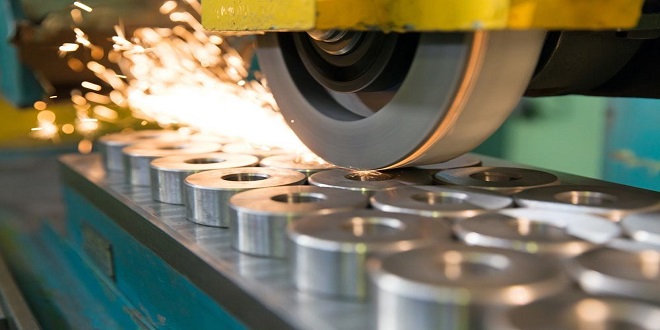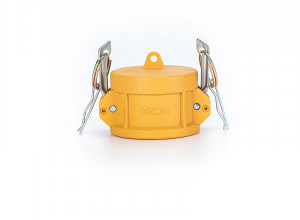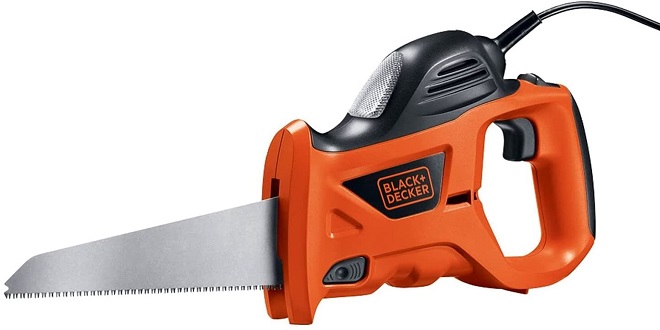Metal Finishes Everything Except Paint

E Metal Finishes Everything Except Paint Passivation, anodizing and more By William C.Bill Anderson, P.E. xcept for a few parts on an automobile, most have some type of finish. Those parts that don’t include some castings of iron or aluminum, e.g, steering boxes and alternator cases, and forged steel pieces, e.g., steering arms and roll bars. Well discuss passivation, anodizing and other finishes applied to automotive parts.
Chromate conversion
Chromate conversion was developed during World War II to increase the corrosion resistance of zinc and cadmium-plated parts. The conversion coating uses a solution of various chromium compounds. Originally, only olive was available, but soon there were more ranging from clear, to yellow, to gold, to olive drab; the darker the coating the more corrosion resistance.
Sometimes parts that have a chromate conversion are dyed black for appearance purposes; this treatment is far more corrosion resistant than black oxides and iron phosphate discussed later. A key characteristic of all chromate conversion coatings, regardless of color, is an iridescent green, blue and red coloration.
Black oxid
Black oxide is a caustic solution that colors the steel black. It is one of the earliest passivation processes dating to the 18th century. Its earliest use was for bluing gun barrels, a use continuing to this day. Typically used for fasteners, black oxide is not long lasting. It can be identified by a dull finish and differentiated from other caustic treatments by its dark flat-black color. Sometimes, black oxide treated fasteners are oiled to protect the finish during storage before installation.
Iron phosphate
Iron phosphate is another caustic-based solution used to apply a protective coating to steel. A few parts that are converted with iron phosphate are used without further treatment. Iron phosphate also provides an excellent substrate preparation for paint and is often used for that purpose, i.e., iron phosphate followed by a coat of semi-gloss black paint.
Zinc phosphate
Zinc phosphate is an iron phosphate bath enriched with zinc creating an iron-zinc alloy. It provides far greater protection than iron phosphate because of the sacrificial properties of zinc. It is recognizable by its dark gray, crystalline structure. The size and configuration of this crystalline structure is determined by the variables of time, temperature and concentration of zinc in the bath at the time of deposition. There is no standard for this coating and, accordingly, appearance can vary. Zinc phosphate is typically used on hood latches
Anodizing
Anodizing is forced oxidation. This process combines some elements of electroplating and passivation to provide a more durable finish on aluminum parts than the naturally formed oxide, alumina. The part to be anodized is submerged in a solution of sulfuric acid and charged with a positive current. Because the part is the anode, the process was called anodize. The oxygen molecules in the sulfuric acid break down and oxidize the surface of the aluminum. Then, it is sealed in an extremely hot water rinse.





